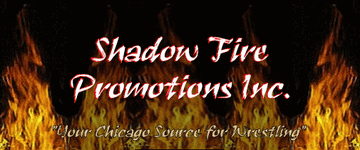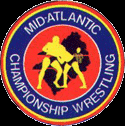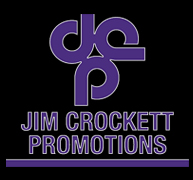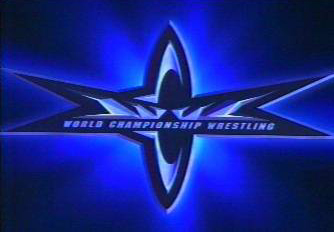
NWA WORLD CHAMPIONSHIP WRESTLING
(NWA/WCW)
 |  |  |  |
FOR WCW-RELATED MERCHANDISE RELEASED THROUGH WWE, CHECK OUR WWE SECTION.

 |  |  |  |
FOR WCW-RELATED MERCHANDISE RELEASED THROUGH WWE, CHECK OUR WWE SECTION.
For a detailed history of WCW, click here (opens in new window).
